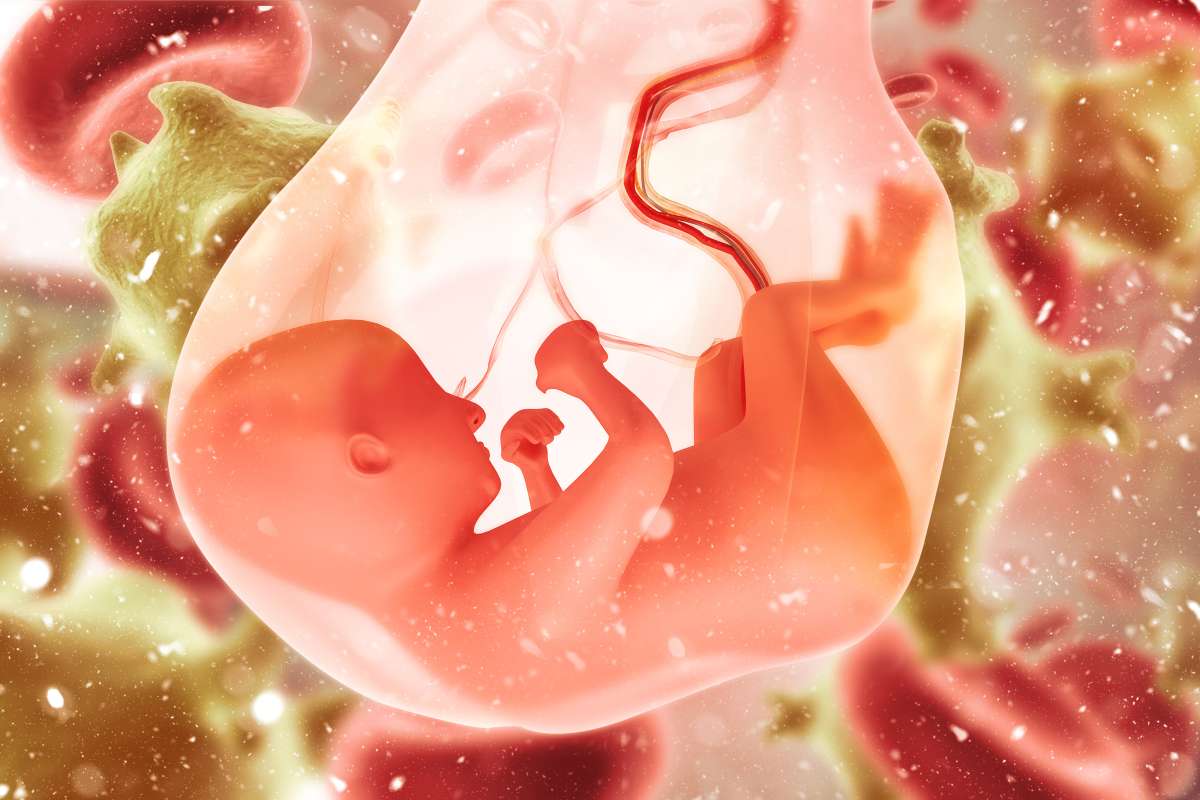As you enter the remarkable milestone of Week 30 Of Pregnancy, you are inching closer to the day you will meet your little one. At this stage, your baby is undergoing significant developments, and one crucial aspect is their positioning for birth. Let us look into what is happening during this exciting time of your pregnancy journey.
As expectant mothers approach the 30th week of pregnancy, a remarkable shift occurs within the womb. With the final trimester well underway, the baby begins to find its optimal position for birth. This often involves turning head-down to settle into the pelvis. This important movement, known as “lightening,” signifies the baby’s natural preparation for the journey through the birth canal. While not all babies will assume this position just yet, monitoring the baby’s placement becomes a focal point during prenatal check-ups. This ensures that both mother and baby are on track for the approaching delivery day.
1. Baby Begins to Settle into a Head-Down Position
a. A Crucial Turning Point
Week 30 marks a crucial turning point in your baby’s positioning for birth. Your baby may have been floating freely in your womb, but as you approach the third trimester, babies begin to settle into a head-down position. This is a positive sign, as it aligns them best for a smoother delivery.
b. What Does Head-Down Mean?

A head-down position, or cephalic presentation, is when your baby’s head faces down towards your cervix. This positioning is ideal for a vaginal delivery, as it allows the baby’s head to lead through the birth canal.
c. Not to Worry If Not Yet Head-Down
It is important to note that not all babies are head-down by week 30 Of pregnancy. Some babies take their time to get into the optimal position, and there’s still plenty of time for them. If your baby has not turned head-down, do not worry; your doctor will monitor their positioning as your pregnancy progresses.
2. Baby’s Skin Smooths Out
a. The Transformation
Around this time, your baby’s skin, previously wrinkled and translucent, begins to undergo a significant transformation. As more subcutaneous fat accumulates beneath the skin’s surface, it becomes smoother and less transparent. Your little one is starting to look more like a newborn, with those adorable chubby cheeks taking shape.
b. The Vernix Caseosa

Although your baby’s skin is smoothing out, there’s still a protective substance covering it called the vernix caseosa. This waxy, white coating acts as a shield, protecting your baby’s delicate skin from the amniotic fluid. It also helps with temperature regulation, keeping your baby snug and cosy in the womb.
c. Your Baby’s Skin Color
At this stage, your baby’s skin does not yet have the pigment it will develop after birth. Regardless of your baby’s eventual skin colour, it will take a few weeks or even months after delivery for their true complexion to emerge.
3. Increased Brain Activity
a. Building the Brain
Throughout your pregnancy, your baby’s brain has been steadily developing. By week 30 of pregnancy, your baby’s brain is increasingly active. They are forming billions of neurons. These neurons are making critical neural connections that will continue to develop after birth.
b. Reflexes and Responses

As the brain matures, your baby can exhibit various reflexes and responses. You may feel your baby hiccup, startle in response to loud noises, or even suck their thumb. These are all signs of a developing nervous system and a growing brain.
c. The Sleep-Wake Cycle
Your baby is also establishing a sleep-wake cycle. You may notice periods of increased activity when your baby is awake, followed by periods of rest and sleep. These cycles can vary in length and intensity, providing essential stimulation for your baby’s brain.
4. Your Experience at Week 30
While your baby is busy with these exciting developments, you may also be experiencing some changes during week 30 Of pregnancy.
a. Growing Belly
Your belly is likely becoming more pronounced as your baby continues to grow. You may notice your skin stretching and possibly some itching. Keeping your skin moisturised can help reduce discomfort.
b. Shortness of Breath

As your baby occupies more space in your abdomen, you may experience occasional shortness of breath. This is often due to the compression of your diaphragm. Practice deep breathing exercises to help with this discomfort.
c. Frequent Urination
The pressure on your bladder from your growing uterus can lead to more frequent trips to the bathroom. Staying hydrated but limiting fluids before bedtime is essential to minimise nighttime interruptions.
d. Braxton Hicks Contractions

You may begin to experience Braxton Hicks contractions, often referred to as “practice contractions.” These are typically irregular and less intense than true labour contractions. If you have concerns or they become painful, consult your doctor.
Week 30 of pregnancy is a significant point in your journey to motherhood. Your baby’s positioning for birth, smoothing skin, and increased brain activity are all signs of a healthy and growing fetus. As you enter the last phase of your pregnancy, remember to take care of yourself by getting plenty of rest, eating well, and staying hydrated. Attend prenatal appointments and discuss any concerns or questions with your doctor.
As your baby continues to develop and you prepare for their arrival, cherish these precious moments of pregnancy. The countdown to meeting your little one is on, and every day brings you one step closer to holding them in your arms.
